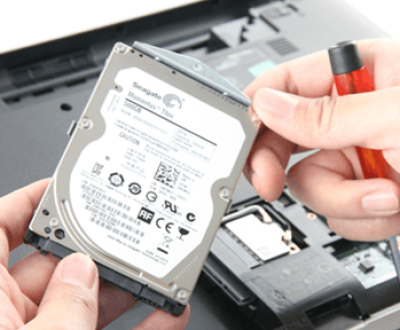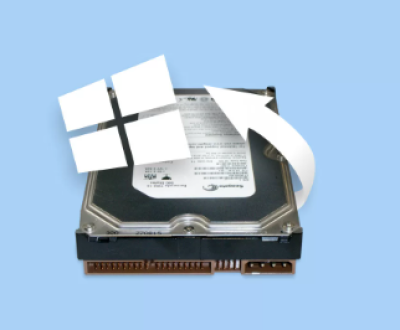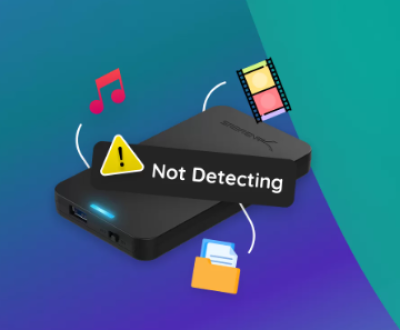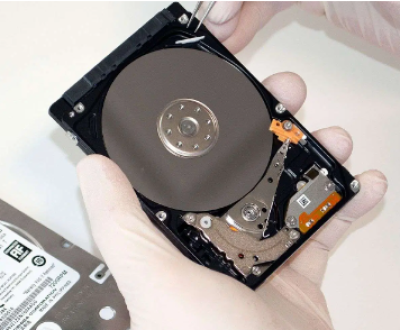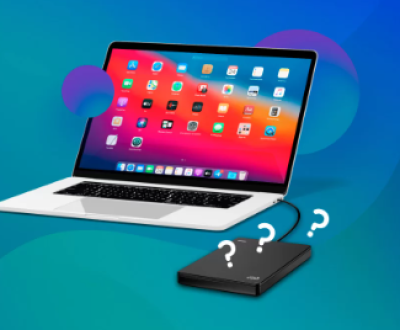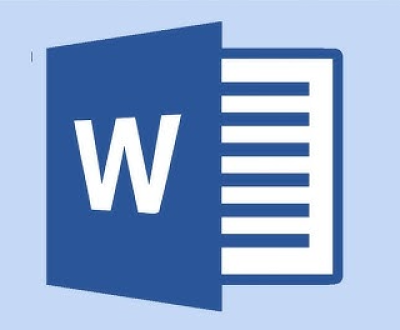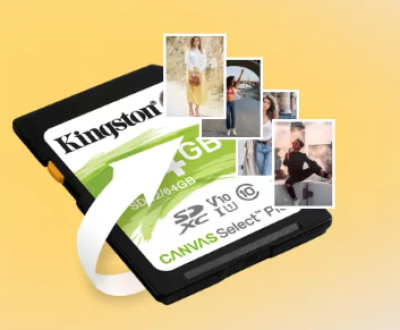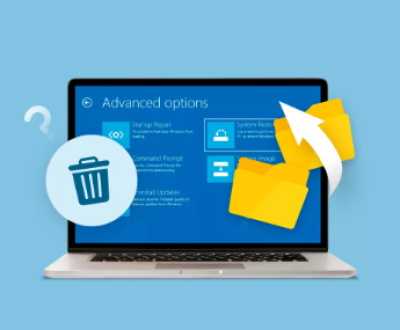SD cards are popular storage devices used in cameras, smartphones, tablets, and other portable gadgets. However, one common issue many users face is accidentally formatting their SD cards, leading to the loss of precious photos and other important files. While formatting an SD card may seem like a permanent erasure of all data, it is possible to recover lost files, including photos, using the right techniques and tools.
Formatting and Its Impact on Your SD Card
Before diving into the recovery process, it’s important to understand what happens when an SD card is formatted. Formatting an SD card means preparing the card for new data by erasing the file system and creating a fresh file structure. However, it’s crucial to note that formatting does not permanently erase the data. Instead, the data is marked as available for overwriting.

There are two types of formatting processes you might encounter:
Quick Format: This type of format only deletes the file directory and the pointers to the files, making the files invisible to the user. However, the actual data remains on the card until it is overwritten by new data.
Full Format: A full format not only deletes the file system but also performs a more thorough scan, potentially erasing the data blocks on the SD card. Even then, unless the data is overwritten, it’s often still recoverable.
In both cases, once the format is completed, the SD card appears to be empty, but the original data (photos in your case) may still be recoverable.
Step 1: Stop Using the SD Card
The first step in recovering photos from a formatted SD card is to stop using the card immediately. Continuing to use the SD card for new data increases the risk of overwriting the deleted files. Once files are overwritten, recovery becomes more difficult or even impossible. Remove the SD card from the device to prevent any further data from being saved to it.
Step 2: Check the SD Card for Backup
Before diving into recovery software, check whether you have a backup of your photos. If you’ve been using cloud services (like Google Photos, iCloud, Dropbox, or OneDrive) or syncing your photos with a computer, there’s a chance your lost files may still be accessible via these backup systems.
If you have a backup, it’s a simple matter of restoring the photos from there.
However, if you don’t have a backup, it’s time to move on to the next step.
Step 3: Use Photo Recovery Software
The best way to recover photos from a formatted SD card is by using photo recovery software. These programs are designed to scan the formatted card, identify any recoverable data, and then restore the files. Several options are available, both free and paid, depending on your needs. Below is an overview of some popular photo recovery tools:
1. Panda Data Recovery
Panda Data Recovery is one of the best options available for recovering photos from a formatted SD card. This software can recover various file types, including images, videos, and documents, from both formatted and corrupted SD cards.
How to use Panda Data Recovery:
Download and Install: Download Panda Data Recovery from its official website and install it on your computer.
Select the SD Card: Connect the formatted SD card to your computer using a card reader. Launch Panda Data Recovery and select the SD card from the list of available devices.
Scan for Lost Files: Start a scan to search for lost files. You can opt for a quick scan or a deep scan, which might take longer but will search more thoroughly.
Preview and Recover: After the scan is complete, the software will display a list of recoverable files. You can preview the photos before choosing which ones to recover. Select the desired files and choose a location to save them.
Save Recovered Files: Once recovery is complete, you can view your restored photos. Be sure to save them to a different drive or folder to avoid overwriting any data on the SD card.
2. Recuva
Recuva is another reliable and user-friendly tool for photo recovery. It’s available in both free and professional versions, with the free version offering most of the features necessary for SD card recovery.
How to use Recuva:
Download and Install: Download Recuva from the official website and install it on your computer.
Connect the SD Card: Insert the SD card into a card reader and connect it to your computer.
Select File Type: Choose the type of files you want to recover, such as photos or videos, and select the SD card as the target location.
Scan the Card: Run a deep scan to ensure thorough searching for recoverable data.
Preview and Recover: After scanning, Recuva will show a list of recoverable files. Preview the photos and select those you wish to recover.
Save Files: Save the recovered photos to a different drive to prevent overwriting.
3. Disk Drill
Disk Drill is a comprehensive data recovery tool that supports recovery from various devices, including SD cards, external hard drives, and USB drives. It provides powerful scanning algorithms to recover photos, videos, and other files.
How to use Disk Drill:
Download and Install: Download and install Disk Drill on your computer.
Insert SD Card: Connect the formatted SD card to your computer.
Select the SD Card: Open Disk Drill and select the SD card as the device you want to scan.
Scan for Data: Start the scanning process. Disk Drill offers both quick and deep scanning options. The deep scan option takes longer but is more thorough.
Recover Photos: Once the scan completes, Disk Drill will show all recoverable files. Select the photos you want to recover and click “Recover.”
Save to a Different Location: Save the recovered photos to a location other than the SD card to avoid data overwriting.
4. EaseUS Data Recovery Wizard
EaseUS Data Recovery Wizard is another well-regarded tool that supports SD card recovery, offering both free and premium versions. It can recover lost photos, videos, and documents from formatted cards.
How to use EaseUS Data Recovery Wizard:
Download and Install: Download EaseUS Data Recovery Wizard and install it on your computer.
Connect the SD Card: Use a card reader to connect the formatted SD card to your computer.
Launch the Software: Open EaseUS Data Recovery Wizard and select the SD card to scan.
Scan for Lost Photos: The software will scan the card for recoverable photos and other files.
Preview and Recover: After the scan is complete, preview the files and select the ones you want to recover.
Save the Recovered Files: Choose a different drive to save the recovered photos to avoid overwriting data on the SD card.
Step 4: Check Recovered Photos
After you’ve used recovery software to retrieve your photos, it’s a good idea to check the files for integrity. Sometimes, data recovery can result in partial files, especially if the data was partially overwritten. Open the recovered photos to make sure they are complete and not corrupted.
If some photos are missing or corrupted, you may need to try a different recovery tool or use advanced recovery methods, such as professional data recovery services.
Step 5: Prevent Future Data Loss
Once you’ve successfully recovered your photos, it’s essential to take steps to prevent future data loss:
Back Up Regularly: Make regular backups of your photos and other important data to external drives or cloud services.
Enable Auto-Sync: Use cloud services like Google Photos, iCloud, or OneDrive to automatically sync your photos.
Use Data Recovery Tools Proactively: Consider using recovery tools periodically to check the health of your SD card and ensure no data is accidentally lost.
Be Careful with Formatting: Always double-check before formatting an SD card. Ensure the card is backed up before performing any formatting.
About us and this blog
Panda Assistant is built on the latest data recovery algorithms, ensuring that no file is too damaged, too lost, or too corrupted to be recovered.
Request a free quote
We believe that data recovery shouldn’t be a daunting task. That’s why we’ve designed Panda Assistant to be as easy to use as it is powerful. With a few clicks, you can initiate a scan, preview recoverable files, and restore your data all within a matter of minutes.
Subscribe to our newsletter!
More from our blog
See all postsRecent Posts
- How to recover data from portable hard drive 2025-07-10
- How to recover data from a broken hard drive 2025-07-10
- How do i recover files from a formatted hard drive 2025-07-10

 Try lt Free
Try lt Free Recovery success rate of up to
Recovery success rate of up to

